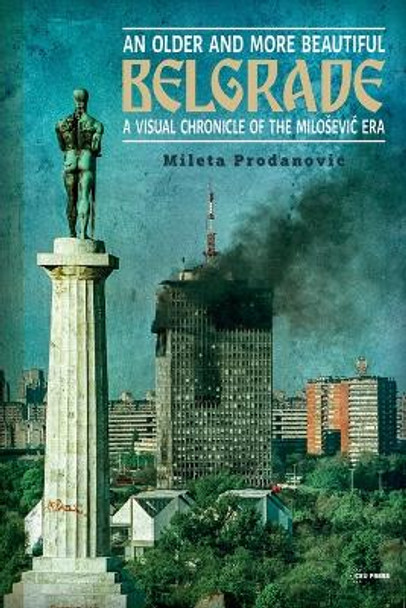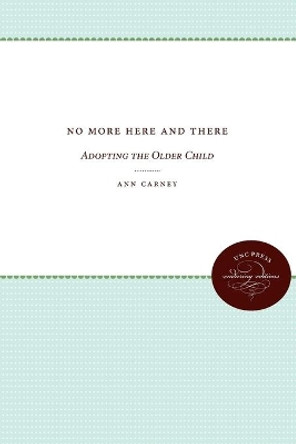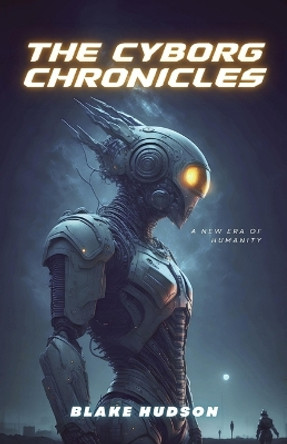Description
This substantial essay depicts urban collapse in an exceptionally difficult period of the Serbian capital. The author has marshalled facts, reflections, photographs and other imagesto demonstrate the transformation of Belgrade during the Milosevic years. With the theoretical grounding of cultural anthropology, history studies, culture of memory, history of art, and urbanism, Mileta Prodanovic considers changes to the built environment and urban landscape in the city in the 1990s. He covers many visual aspects of life with great ingenuity: shopping centers, unregulated construction and "wild" modifications of buildings, new buildings (broadcasting studios, shops, homes) that do not fit the surroundings, bad taste in home furnishings (camp, kitsch), boondoggles such as the international art center, problematic historical markers like the obelisk of the eternal flame, billboards, store displays, electoral propaganda, graffiti, grave-markers and cemetery memorials, coins and paper money, calendars, beer labels, and even religious icons (and more). All this information is provided with some critique and much implied comparison to past standards.
About the Author
Mileta Prodanovic -- painter, writer and a major cultural figure in Serbia -- was born in Belgrade. He studied architecture and painting at Belgrade's University of Arts, Faculty of Fine Arts. Prof. Prodanovic was Serbia's representing artist at the Venice Biennale in 1986. Retired now, the author's last academic positions were as a full-time professor and Dean of the University of Art, Belgrade. Maria Milojkovic lives in Belgrade and works as an English/Serbian translator. She has a master's degree in postmodern English literature and is an online content creator for Medium.com A US citizen living in Prague since 1991, Horvitz began visiting Serbia and the other Yugoslav republics in 1993 as the Open Society Institute's regional consultant for electronic media and journalism. More recently he has been producing policy studies for the European Commission, the World Bank, the International Telecommunication Union, and national governments on the regulation and use of radio frequencies. He currently teaches at Anglo-American University in Prague.
Reviews
"In this book, Belgrade is pictured as a gigantic Wunderkammer filled with objects and narratives that could only exist in the particular circumstances this city found itself in as the capital of a country which violently fell apart. Written with passion and wit, An Older and More Beautiful Belgrade is a valuable source for any reader attempting to grasp the complexities of the Serbian society of the 1990s." https://www.degruyter.com/document/doi/10.1515/soeu-2024-0020/html -- Irena Sentevska * Comparative Southeast European Studies *
Book Information
ISBN 9789633866320
Author Mileta Prodanovic
Format Paperback
Page Count 226
Imprint Central European University Press
Publisher Central European University Press







